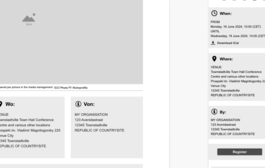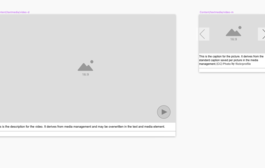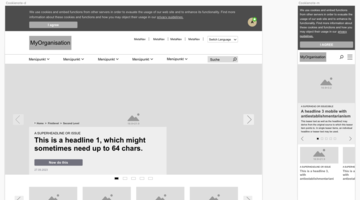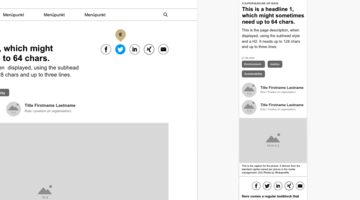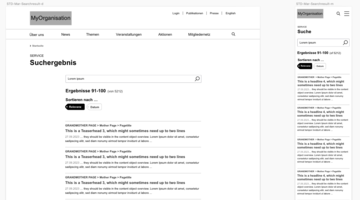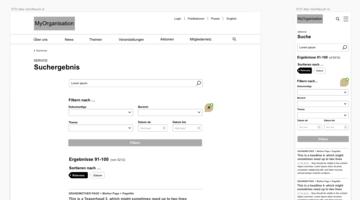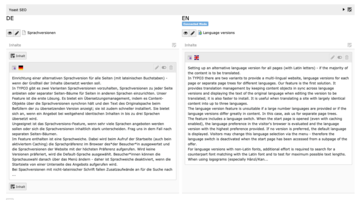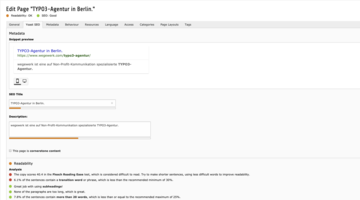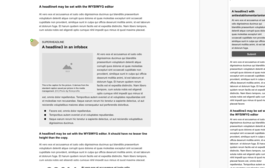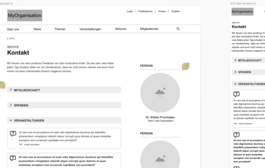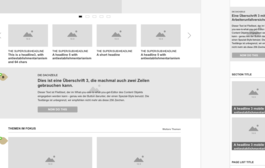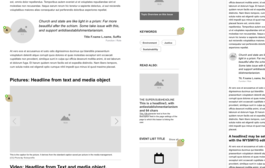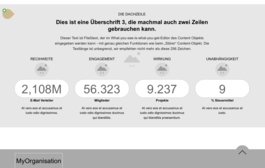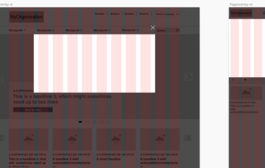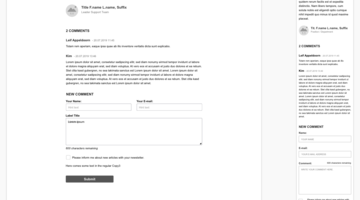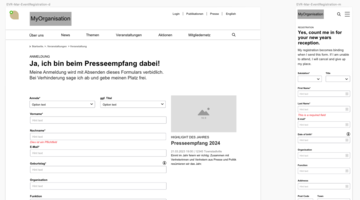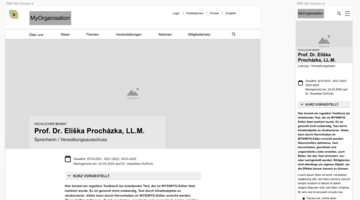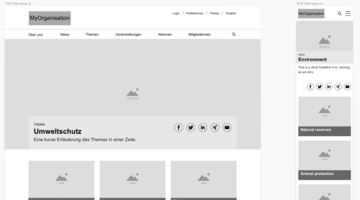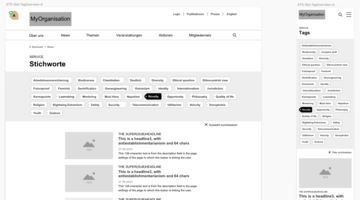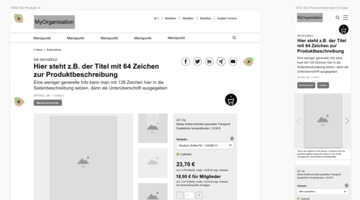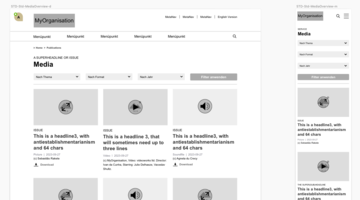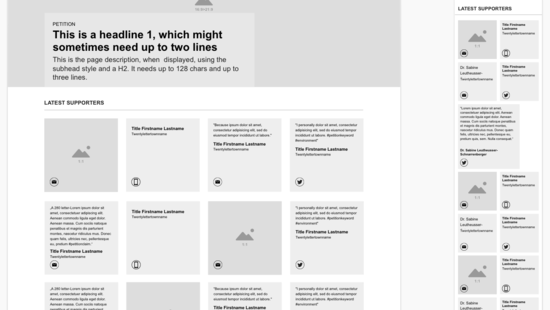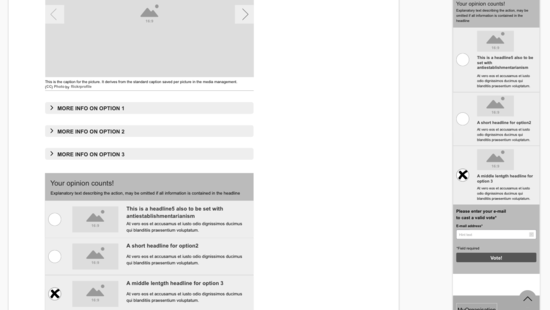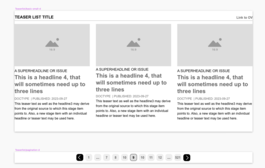
CMS Our TYPO3 feature set
TYPO3 features and best practices from our many years of experience in implementing websites for associations, foundations and other non-profit organisations:
Advantages
Flexibility:
- The text editor alone offers a variety of visual structuring options (e.g. highlighted numbers, buttons, statement/quote labels, two-column texts).
- Many other design aspects can be created via the content objects (COs) (e.g. certain elements can be output in different widths)
- Despite a defined page type, various object types may be freely combined
Automation:
- Page lists offer editors a very powerful yet user-friendly tool for automatically creating links or teasers on overview pages that are always up-to-date.
- The TYPO3 category system has been expanded into a comprehensive taxonomy solution for various forms of content, which - where possible - points to relevant content. Editors only have to assign content to one or more relevant categories.
- Different category systems can be used (general or media-specific).
- Automatic category overviews can be freely supplemented with content and expanded into landing or pillar pages.
- Categories can be further specified in terms of content through the use of tags
Address management:
- We have standardised personal and institutional data for the tt_address address management.
- Address representations can be easily used for other types of data.
- Actions can now be clearly assigned to specific users.
- In future, you can only offer users action formats that are relevant to them.
Productivity:
- Work on the frontend (HTML, CSS and JS) and backend can take place in parallel. As a customer, you can view and test the new system in the staging system at an early stage.
- Since version 9, we have been using the more widespread Twig as the styling engine in the frontend instead of TYPO3's own Fluid solution, which we find more future-proof and easier to find experts for.



